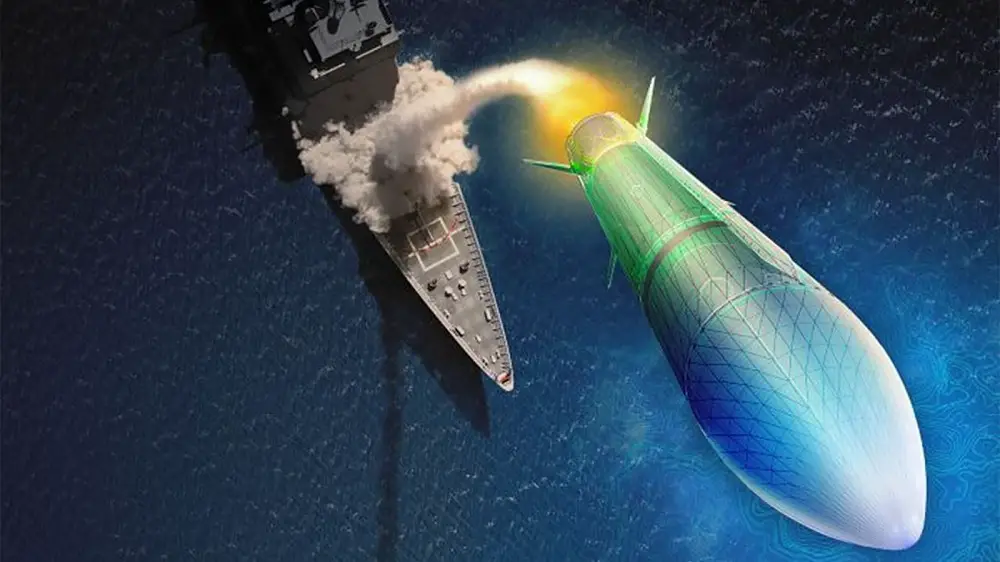[https://www.youtube.com/watch?v=-q-ieXZgrhY]
Raytheon Missiles and Defense, Tucson, Arizona, is being awarded a modification to a previously awarded other transaction prototype agreement to extend the existing period of performance. The performer will continue to develop and refine their Glide Phase Intercept (GPI) concept during the technology development phase. In its requirements for GPI development, the MDA has stipulated that “any prototypes designed will fit into the current Aegis Ballistic Missile Defense system” which fires from a naval vessel’s vertical launching system. The value of this modification is $17,700,482, which increases the total value of the agreement to $152,808,447.
The modification period of performance is from April 28, 2023, through March 12, 2024. This initial agreement was competitively awarded using Other Transaction Authority provided by 10 U.S. Code 4022 through the Enhanced Hypersonic Defense Broad Agency Announcement with Glide Phase Interceptor Special Topic, HQ0851-21-S-0001. Research, development, test, and evaluation funds will be used to fund the modification. The government will obligate the amount of $17,700,482 at the time of award.
Recently, Raytheon Missiles & Defense (RMD), a business of Raytheon Technologies, reached a milestone in its Glide Phase Intercept (GPI) program when it completed the Systems Requirements Review – Prototype. That review confirmed that Raytheon Missiles & Defense and the government agency have a shared understanding of the interceptor’s requirements and allows further design maturation. And, in developing this new offering, the company is drawing on decades of experience producing the world’s most trusted group of naval interceptors: the long-proven Standard Missile family.
When the Glide Phase Interceptor is launched from a ship to intercept lower-altitude hypersonic missiles in their glide phase of flight, it will cover an extra layer of defense alongside RMD’s longtime Standard Missile, or SM, family. Thus, GPI will bridge the crucial gap between SM-3, which destroys incoming missiles outside Earth’s atmosphere, and SM-6, which hits targets in the terminal phase of flight. A hypersonic missile goes into its glide phase when it re-enters the atmosphere and continues toward its target. GPI also enhances layered defense and enables more opportunities to intercept a hostile hypersonic threat farther from its target














